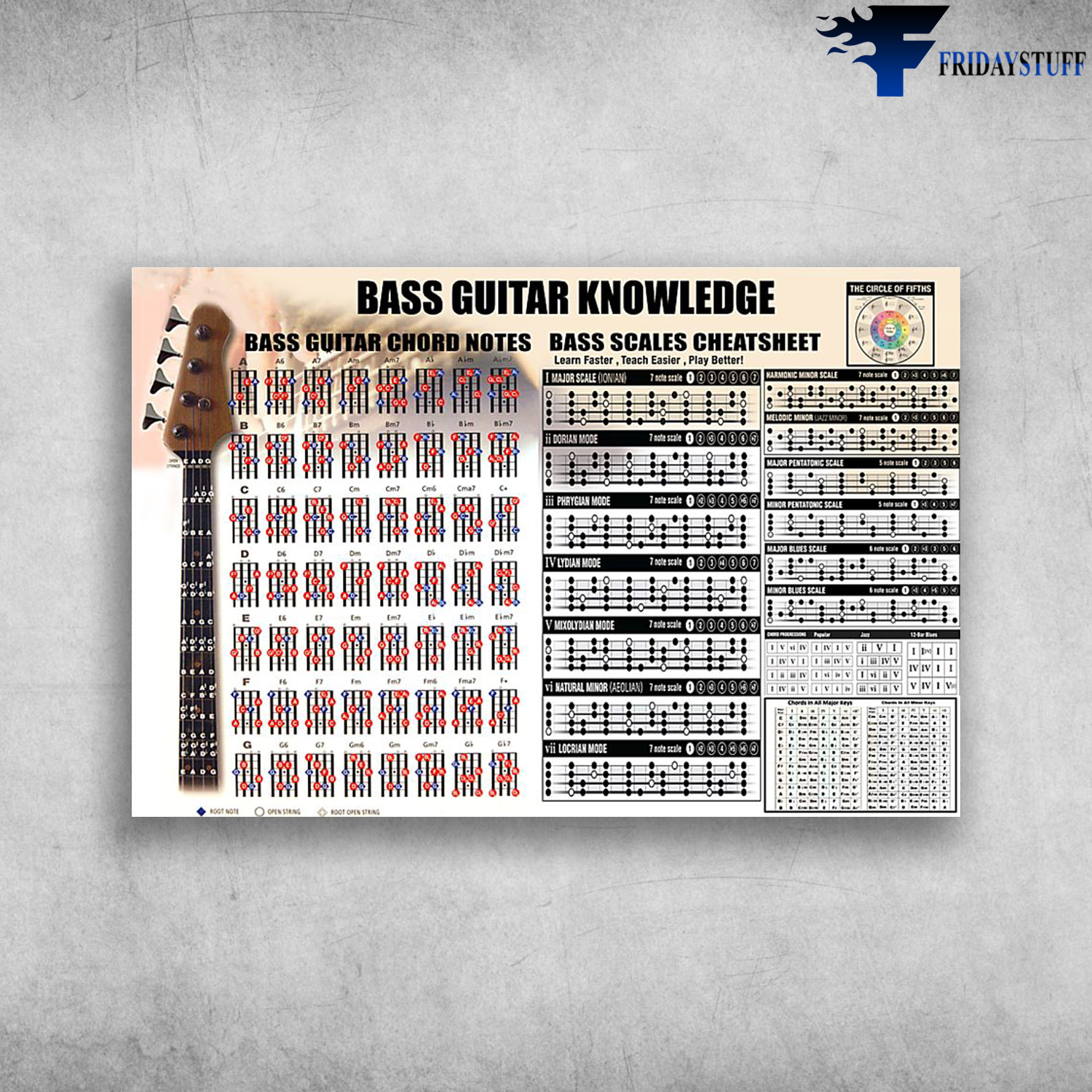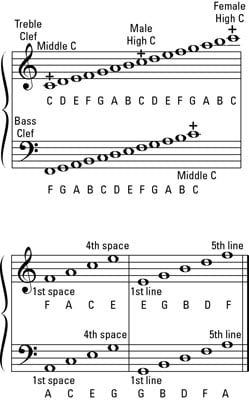

The key of E Minor uses the notes E, F#, G, A, B, C, and D, which will look something like this in your piano roll editor:Īnd there you have it… an idea for a track in E Minor! This should help you quickly and simply build your EDM tracks in key. Say we want to write a track in E Minor (although you can choose any key).

Music keys cheat sheet how to#
We will go through each of the keys you’re most likely to use for writing EDM, but first I want to take you through how to use them. How to quickly write music in key using your DAW: Your DAW will only display the black notes with a ”#” symbol, and never with a ”♭” symbol, because a) your DAW doesn’t know which key you’re writing in and b) the “#” symbol is native to software, whereas “♭” is not. Here is a diagram to show you what I mean: if you see a C# written, it means play the black note directly above C, and if you see an E♭ written it means play the black note directly below E). You don’t need to worry about that too much… Just remember that when you see a sharp symbol (“#”), it means to play one half-step ABOVE the written note, and a flat symbol (“♭”), one half-step BELOW (e.g. In your DAW’s piano roll editor (and on a piano) you’ll see there are white notes and black notes, which are referred to as either “flats” or “sharps” (depending on what key you’re in). Sharps, flats, white notes and black notes: Just count the intervals using the configurations above! So you can see from the examples above, working out the notes in any key is easy. As you can see, they both have the same configuration of intervals between each note, too (but different from major keys) (Root Note –> 2 –> 1 –> 2 –> 2 –> 1 –> 2 –> 2): You’ll see they both have the same configuration of intervals between each note (Root Note –> 2 –> 2 –> 1 –> 2 –> 2 –> 2 –> 1):Īnd below are images of the keys of D Minor and F Minor. So, for instance, the images below are of the keys of C Major and A Major.

Major Key Intervals (counted in half-steps):Root Note (or Tonic) –> 2 (half-steps) –> 2 –> 1 –> 2 –> 2 –> 2 –> 1.All major keys use the same configuration of intervals, as do minor keys (see below): You can work out the notes of any key by simply counting the intervals up from the root note. The smallest space – or “interval” – between each musical note is called a “half-step”, and keys are groups of notes separated by specific “intervals”. So, the ascending scale of C Major would be C, D, E, F, G, A, B. We’ll cover that after scales…Ī scale is simply an array of musical notes based in a particular key, and ordered by pitch (either ascending or descending). C Major, G Minor, B Major, etc.) is taken from the first (lowest) note in the key (also known as the “root” note or “tonic”), and the “major” or “minor” part of the name is determined by the intervals between each note. “But what’s an interval?” I hear you ask. To summarise in a simplified way, major keys sound happy :), and minor keys sound sad 🙁 (although it can depend on the context). If you stick to the notes within a particular key (or a scale of notes based on that key), your music will more than likely sound pretty good! Well, in music, a key is basically the name given to a collection of notes that can be used together and still sound good.
Music keys cheat sheet pdf#
Feel free to bookmark this page for reference, or download the concise PDF version using the form below: In this post I’ll show you the different musical keys, and how you can use them quickly and easily in your DAW to make better music ( click here to skip straight to the keys and their scales). If you know in which key you’re producing a song, you can use the notes you KNOW will sound good – without having to hit-and-miss it in the piano roll editor. Imagine you could take any melody in your head, quickly translate it into your D.A.W (Digital Audio Workstation), then work out which chords, harmonies and bass notes will work with it and sound great. Having a basic knowledge of keys and scales (and how to use them) will allow you do to this.


 0 kommentar(er)
0 kommentar(er)
